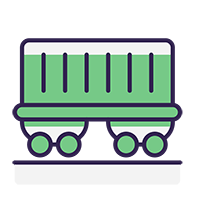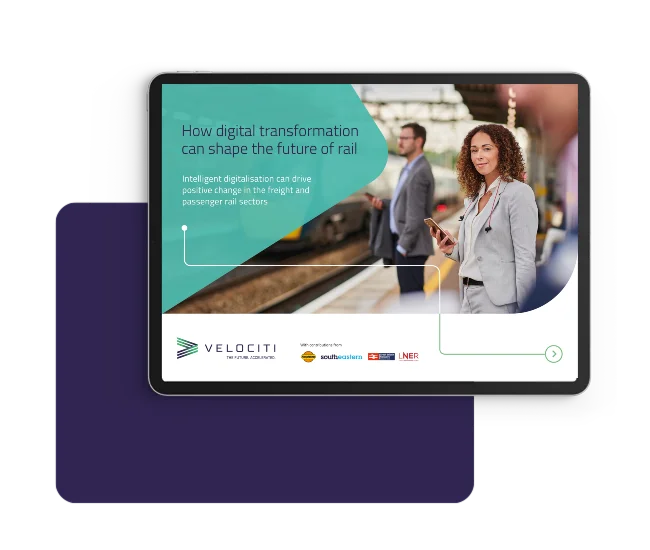Your challenges
Effective communication
Clear and timely communication is essential for maintaining safety across the rail network
CONTACT US


Creating a connected railway
Effective communication in rail operations can be challenging which stem from the complexity of the industry, the dynamic nature of operations, technological limitations, and the need for clear and timely information sharing among diverse stakeholders. Addressing these challenges requires investment in integrated communication systems and a commitment to fostering a culture of collaboration and transparency.
The rail industry involves numerous stakeholders, including train operators, infrastructure managers, maintenance teams, and regulatory bodies. Coordinating communication among these diverse groups is complicated, especially when multiple parties are involved in decision-making.
Rail operations are subject to constant changes due to factors such as weather conditions, track maintenance, and unforeseen incidents (e.g., accidents or equipment failures). Keeping all parties informed in real-time about these changes requires robust communication systems and processes.
Rail networks often span large geographical areas, making it difficult to maintain consistent communication across different locations. Remote areas may have limited connectivity, hindering the ability to share information promptly.
While technology can enhance communication, outdated systems or a lack of integration between different communication tools has created barriers. Inconsistent or unreliable technology can lead to delays in information dissemination.
With the vast amount of data generated in rail operations, distinguishing between critical information and less important updates can be challenging. This can lead to information overload, where key messages may be overlooked or lost in the noise.
Rail operators must adhere to strict regulations regarding safety and operational communication. Navigating these requirements while ensuring effective communication can be complex and time-consuming.
Efficient and effective communication
Technology addressing the complexities of communication across rail operations, our solutions enhance safety, improve efficiency, collaboration, and creating better experiences for passengers and your workforce.
How digital transformation can shape the future of rail
Digital transformation is the only way to build a rail industry fit for the future. Unfortunately, where innovation is happening, it tends to be disconnected rather than integrated. What the industry needs now is joined-up systems which solve everyday operational challenges and provide the insight to make genuine, lasting improvements.
This eBook explores how digitalisation is enabling train operators to run a more efficient, safer and cost-effective railway.
[product_button_shortcodeX]
Experience and expertise
30+ years
developing leading passenger
transport solutions
- Market leader in driving efficiency for
passenger transport operators of all sizes - Software innovation driven by an in-depth
understanding of the passenger transport industry - Strong track record of quality delivery and
high customer satisfaction










